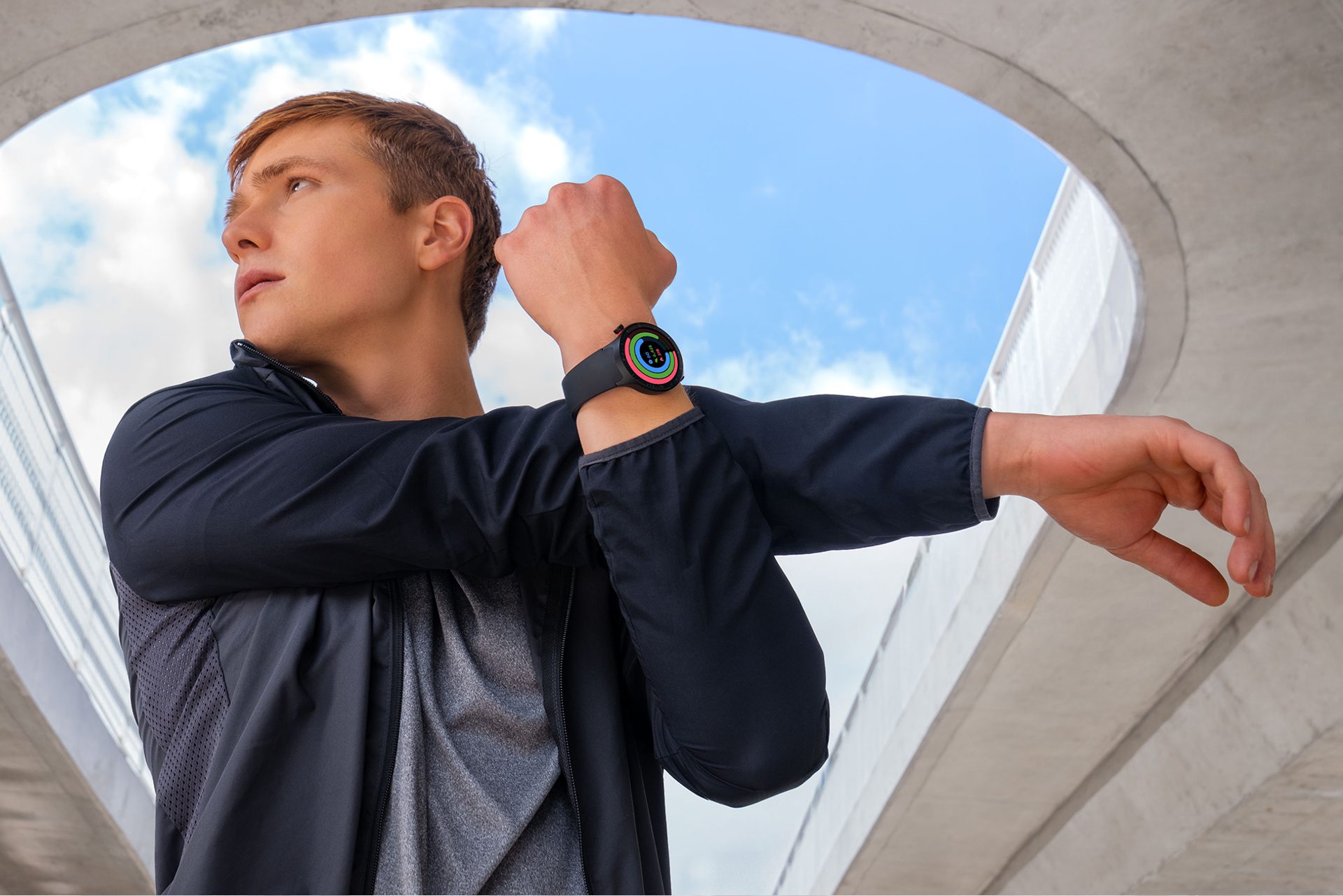At Motorola, we strive to deliver meaningful innovation to all of our consumers. And with over 1 billion people, or 15% of the world’s population, experiencing some form of disability, creating solutions that are accessibility friendly is a major priority for us.
This Global Accessibility Awareness Day, we sat down with Wendel De Assis, a Software Engineering Manager at Motorola who has become an advocate for accessibility awareness, created a group focused on identifying and improving accessibility-friendliness in our products, and spearheaded a number of initiatives aimed at doing the same.
Q1: What inspired you to bring more accessibility awareness to your team and the projects you work on?
I could say there were two main moments when I realized this was something that we should prioritize in our projects. The first was when we were doing a brainstorming session and one of the participants had some eyesight disabilities and mentioned that it was impossible for him to use one of our main features, as it wasn’t properly supporting the color inversion accessibility functionality. The second was when I discovered that about 1 billion people identify themselves with some type of disability. I felt there was a huge group of people that we could better support through even the smallest changes in our devices.
Q2: What recent initiatives has the group spearheaded to improve accessibility in Motorola’s products?
We’ve picked up the Moto App project, which includes some of Motorola’s key features, such as Display, Gestures, Personalize and Tips. Designed to provide users with a way to find all the features that make Motorola phones so easy and enjoyable to use, we started by testing the app to look for accessibility improvement opportunities. We used automated accessibility testing tools and some help from real users to get their insights about our application. So, we’ve listed all the issues raised and worked together with our design and development teams to improve the application in many ways, like adding labels for the talk back functionality, improving the design of the screens, color updates and so on. These design, display and visibility changes can be accessed in the updated Moto App available for download via the Google Play Store.
Q3: Why is this work important to you specifically?
If you look at the current number of people who have some type of disability, that would be enough to care about. However, it isn’t just that. We still have people with disabilities that don’t identify with the community and those who are friends or family with someone with a disability. Also, everyone may have some kind of temporary disability, such as when you break an arm or are carrying a bag from the market and just don’t have enough hands. So, it turns out that designing for accessibility is actually making your product better for everyone, while helping those who need it the most!
Q4: How do you see this initiative continuing to progress in the future? What are you focused on going forward?
We’ve added accessibility checks as part of our development tasks, so we make sure all new features developed by the team are taken into consideration. Going forward, we are working to raise awareness to all of our internal Motorola groups, and hope to apply this work to every aspect of our devices that we design going forward. In the future, we’d like to expand our small group into an “Accessibility Champions Board” entirely dedicated to auditing our products, collecting customer feedback and identifying the ways we can improve accessibility across all of our franchises and experiences.







